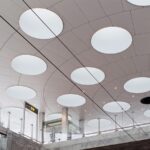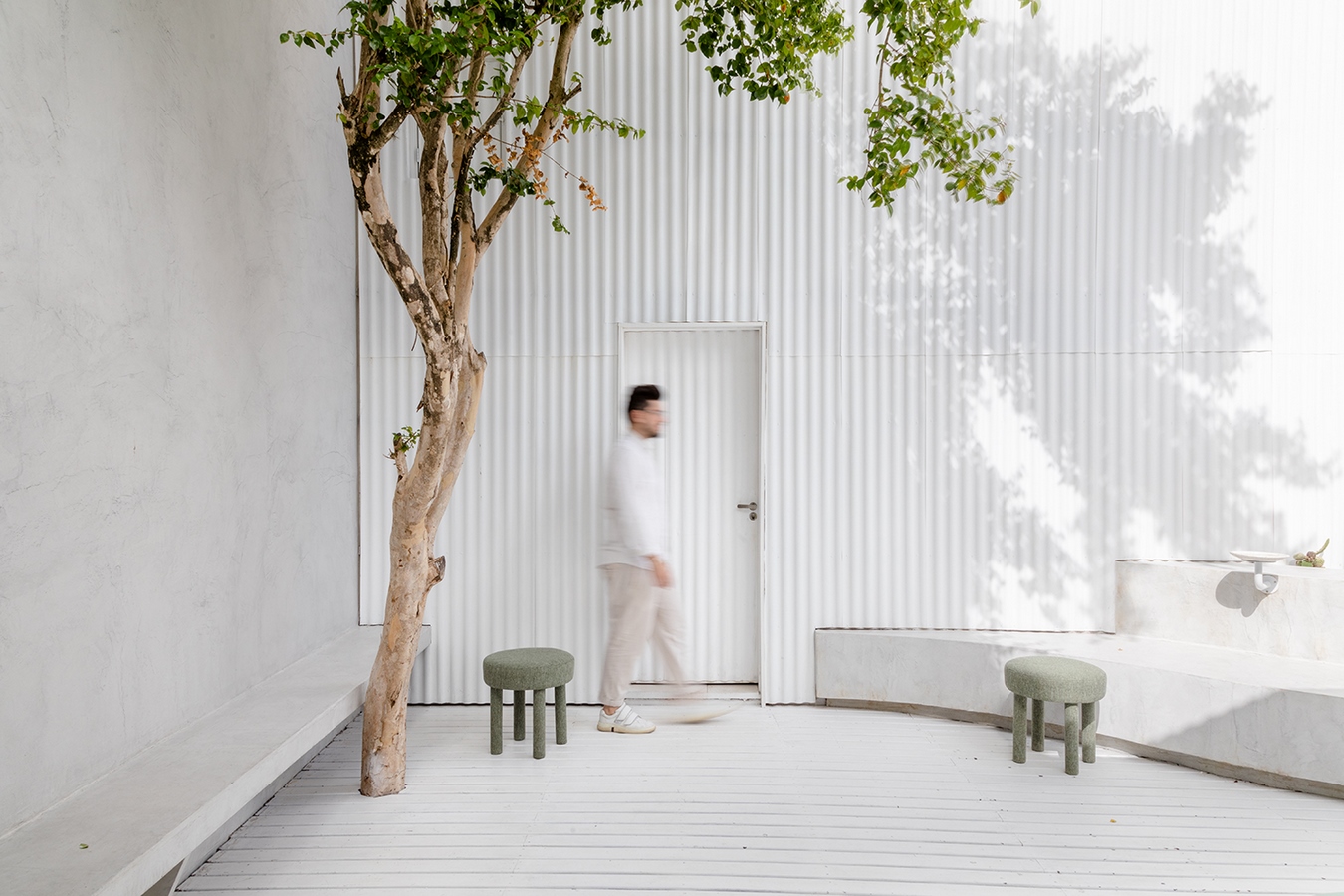Subway systems have become an integral part of urban infrastructure, serving as vital extensions of urban spaces. However, these underground spaces are often overlooked, both by the general public and architects. Despite this, subway systems are catalysts for significant urban development along their routes. As cities experience increasing traffic congestion and heightened ecological awareness, the demand for expanding and enhancing public transport systems grows. In such scenarios, underground stations play a crucial role, demanding careful attention to their design and construction.

Design Priorities
When designing underground stations, priority is given to clear passenger routes and well-illuminated spaces. The selection of materials for floor coverings and tunnel linings is critical, requiring adherence to strict criteria. These materials must be fire-resistant, durable, break-resistant, easy to clean, and replaceable.
Swisspearl Panels: A Versatile Solution
Swisspearl Panels offer an ideal solution for the unique design challenges presented by underground stations. Their versatility, durability, and aesthetic appeal make them a preferred choice for architects and designers. The following two projects demonstrate the diverse applications of Swisspearl Panels in underground station design:

Triangeln Railway Station, Malmö, Sweden
The Triangeln Railway Station in Malmö is part of the ambitious City tunnel project aimed at enhancing transport connections in the region. The station features an intricate tunnel lining composed entirely of white Swisspearl panels. Each panel showcases a pattern of triangular perforations, adding visual interest to the underground space. To address the challenges posed by curved tunnel walls and large-size panels, innovative fixing solutions were devised, ensuring a seamless and aesthetically pleasing installation.
Metro Stations, Santiago de Chile, Chile
In Santiago de Chile, metro stations feature signature walls adorned with Swisspearl strips in varying tones. These strips, mounted on metal frameworks, create visually striking mosaic patterns that reflect the unique character of each station’s surroundings. Despite logistical challenges, including the transportation of materials into confined tunnel spaces, the installation process was successfully completed, resulting in vibrant and distinctive station environments.
Conclusion
Swisspearl Fiber Cement Panels offer a blend of functionality, durability, and design flexibility, making them an ideal choice for underground station projects. Their ability to meet stringent safety requirements while enhancing the aesthetic appeal of public spaces demonstrates their value in contemporary urban design and infrastructure development.

















Comments